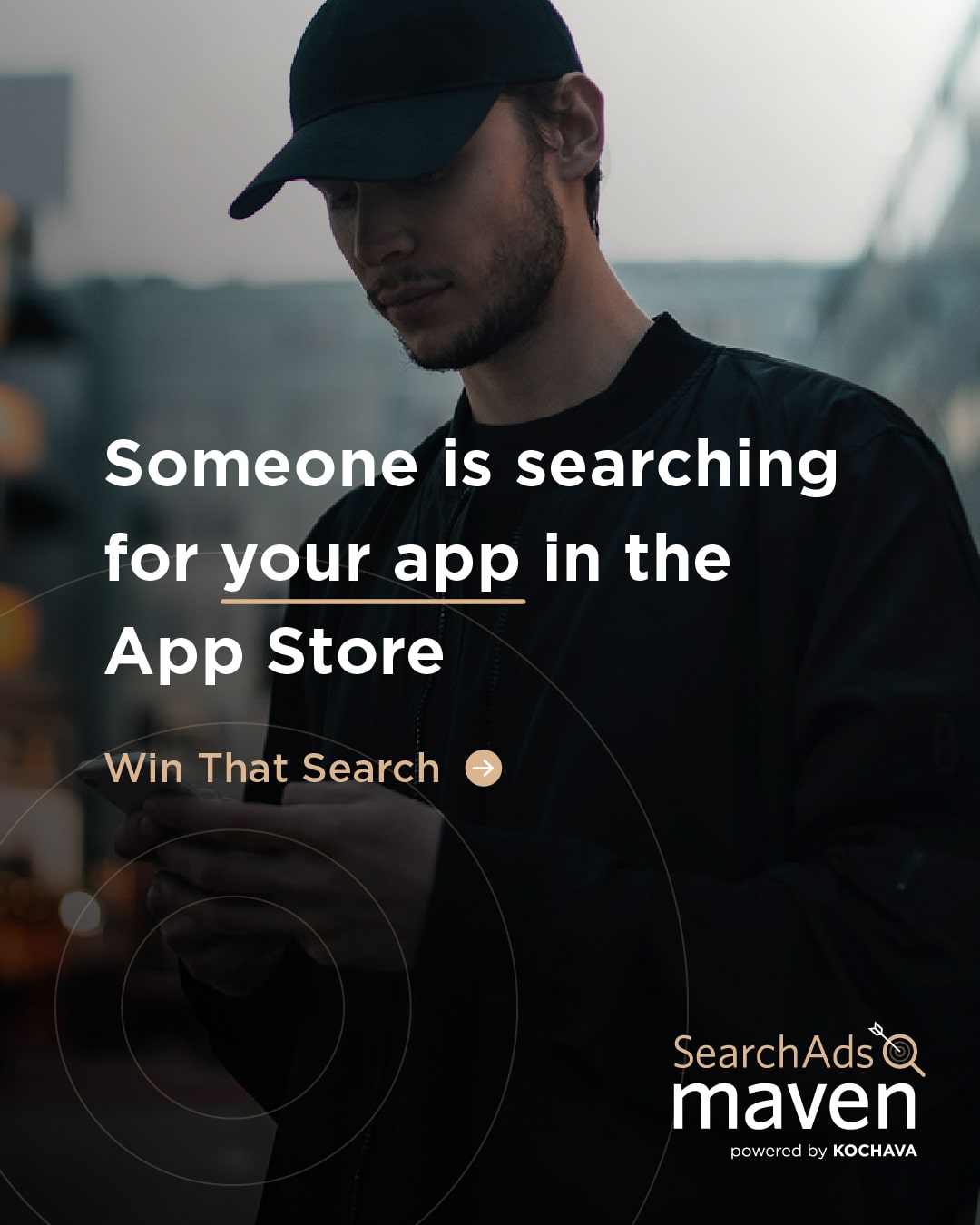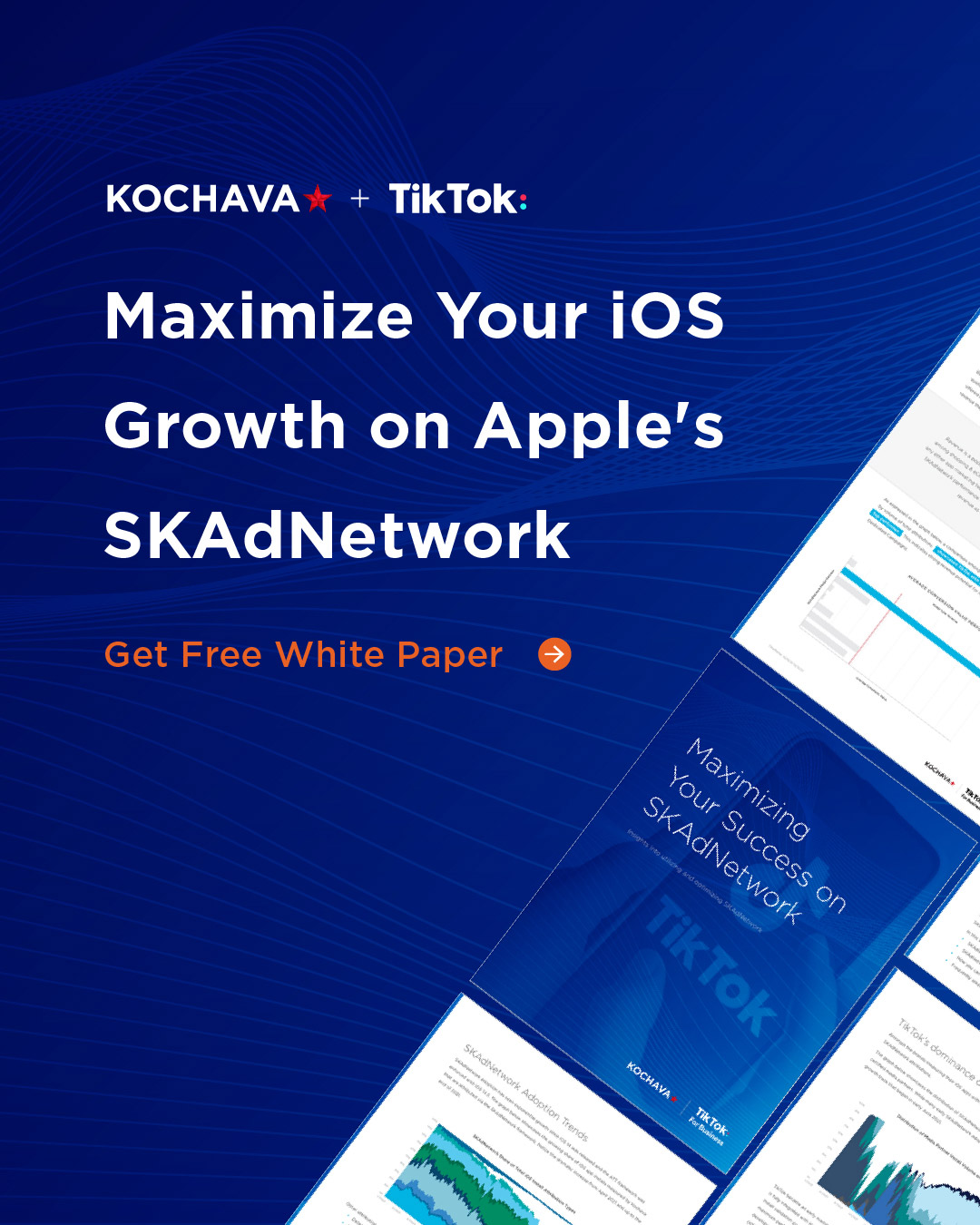Published weekly since October 1972, the San Diego Reader has been in San Diego over 40 years, The Reader is the largest alternative publication in the nation by page count. With over 6.7 million issues per year The Reader reaches 1 in 3 adults. Published every Wednesday featuring news, stories, events, music, movies, restaurants, travel, neighborhoods, and classifieds. The Reader guides San Diego with just the turn of a page.
115,000 copies every week.
Distributed at over 2000 locations.
- Company Name:San Diego Reader
(View Trends)
-
Headquarters:
-
Office Locations:San Diego, CA
-
Desktop Display, Email, Mobile Display, Social
-
CPM
-
Web Publisher
- Headline:Publisher: San Diego Reader — News, reviews, events, music, restaurants, movies
- Self / Managed Service:Managed Service
- IndustriesEntertainment, Food & Beverage, Government & Politics
- Key Differentiator1. Chicago Reader Sometime in 1970-71 Bob Roth, a friend of Jim Holman’s from Carleton College (MN) who was going to grad school in political science at the University of Chicago, got interested in starting a weekly paper in Chicago like Boston After Dark. Bob McCamant, Tom Yoder, Tom Rehwaldt, and Roth brought out the first issue of the Chicago Reader in early October, 1971. Holman got out of the Navy at the end of October and joined them. Jim tried selling ads for two months. He got the idea of starting a similar paper in San Diego. After a job in South America, Holman visited Chicago, and out of loyalty the Chicago Reader principals agreed to let him use the name in San Diego. 2. Mission Beach, La Jolla, Kettner Boulevard years 1972-76 Holman recruited writers from UCSD — Kathleen Woodward (ex-wife of Washington Post’s Bob Woodward), Jonathan Saville (professor of literature), Duncan Shepherd (visual arts grad student under Manny Farber), Alan Pesin (also Farber protege); Jane Weisman (features) from San Diego State; Ted Burke and Steve Esmedina (pop music) from Mesa College. Alex Farnsley, a Mission Beach friend, volunteered to help with layout and paste-up. The first ad salesman was Terry Barack. The first issue of the San Diego Reader, on October 4, 1972, was 12 pages. Its 20,000 circulation was distributed to eateries, shops, college campuses, and Navy bases. For some months the layout and phone calls done from Holman’s Mission Beach apartment, then Farnsley’s apartment, then from the garage of a house on Nautilus Street in La Jolla owned by TV sportscaster Jerry Gross. Some notable writers: Jeff Weinstein, who wrote on food, went on to become the food reviewer for the NY Village Voice. Connie Bruck, who lived near the Reader garage in La Jolla, had studied at Columbia Journalism School; she wrote features stories for the paper in the early and mid-'70s and later became a New Yorker staff writer. The Reader stumbled along with Holman borrowing beyond the original $5000 loan from United California Bank, until his debt was $20K. In late 1974 Howie Rosen came to San Diego from Cincinnati on a motorcycle, discovered the Reader, and began selling ads, helping with paste-up, and set up a system where college students delivered papers and sold ads. By October 1975 the Reader started to break even. Holman sold a duplex in Mission Beach and paid off the debt. Also in late 1974 the Reader moved from La Jolla to a loft at 780 Kettner Boulevard, downtown San Diego in a two-story building called O’Sullivan Square. 3. Jim Mullin era 1976-1986 In late 1975 the Reader moved its offices to 780 State Street, also in downtown. Jim Mullin, who had won first prize in a Reader writing contest, went to work as features editor. The system of free classified ads and free distribution spread to Boston After Dark, the Village Voice, and the Phoenix New Times. The New Times would eventually buy the Village Voice and become a large chain of alternative papers. 4. Judith Moore era 1986-2006 In 1985, Judith Moore, a Berkeley writer, was brought to San Diego to write feature stories for the Reader. In 1986, Moore began to take on the role of senior editor. Moore also began to write a weekly interview with renowned writers. Many of these writers Moore invited to come to San Diego and write feature stories. Included in this visiting writers group were Alexander Theroux, Richard Meltzer, Stephen Dobyns, Tom Lux, David Lehman. 5. Ernie Grimm era 2006- present After a two-year struggle with cancer, Moore died in 2006. Moore had discovered two young writers, Ernie Grimm and Matt Lickona, right out of college in 1995, and they began writing feature stories. After Moore’s death Grimm took over the job as features and news editor. Lickona took on several regular columns, Blog Diego, and shared the film review duties with Scott Marks, after the original critic, Duncan Shepherd retired in 2010.
- Owned / Operated Propertiessdreader.com
- 11536498 Global Rank
- 7156318
- 12.4 K Estimated Visits

- India 55.3%
- United States 27.2%
- Pakistan 7.9%
- Turkey 2.3%
- San Diego
- 10 SDKs
- 4.56 Avg. Rating
- 6 Total reviews
- App Url: https://itunes.apple.com/app/san-diego-reader/id496355169
- App Support: http://www.thedailysave.com/pages/contact
- Genre: Lifestyle
- Bundle ID: com.sandiegoreader.everlong
- App Size: 5.33 M
- Version: 1.1.9
- Release Date: January 31st, 2012
- Update Date: April 13th, 2020
Description:
ReaderCity for iPhone gives you on-the-go access to all of your favorite things to eat, see, and do in your neighborhood, all at exclusively discounted prices. You’ll have instant access to be luxuriously pampered at a nearby spa, discover a great new restaurant around the corner, or spend an afternoon adventuring in America’s Finest City.
On-The-Go Deals
Browse, buy, and redeem deals while you are on the go, no computer or printer required.
Let the Deals Come to You
Stop worrying about where to find your next deal, search nearby deals and get to the savings immediately.
Sharing is Caring
Friends don’t let friends pay full price; share your great finds through Facebook and Twitter right from the app.





Sort by
TinaShort
Matthew Shafer
Pretty awesome
Andy Boyd!
Actually very cool.
Claireh640
Love it!
HolmanFamily
Finally!
Ilianasd
Great app
-
Native0.00%
-
Standard97.64%
-
Direct2.36%












They have 2 advertising & marketing contacts listed on Kochava. According to their Ads.txt, San Diego Reader inventory partners include: google.com.
San Diego Reader works with Advertising technology companies such as Mediaplex, Conversant, DoubleClick.Net, Google Publisher Tag, Google Ad Partner Services, Google Adsense, Open AdStream, Flashtalking, Atlas, Yahoo Small Business, Facebook Custom Audiences, Media Innovation Group, AppNexus, Openads/OpenX, Evidon, DoubleVerify, The Trade Desk, Aggregate Knowledge, Rubicon Project, Spoutable, Arrivalist, AppNexus Segment Pixel, Fyber Reseller, SmartAdServer Reseller, Google Direct, AppNexus Reseller, Ads.txt, LKQD Reseller, PubMatic Reseller, FreeWheel Reseller, AOL Reseller, Google AdSense Integrator, PilotX Direct, Google Adsense Asynchronous, Adventive, Walmart, Pubmatic, Innovid, Less than 5 Ads.txt, Less than 5 DIRECT Ads.txt, FLoC, Index Exchange, Simpli.fi, Teads, Basis, Centro, DemDex, Adobe Audience Manager Sync, eXelate, SiteScout, Tapad, comScore Activation.






Unable to log-in